Roof flashing may not be as flashy as a full roof restoration, but it’s the backbone of keeping your home dry and structurally sound. It’s all about protecting your roof’s most vulnerable spots from water damage, ensuring that the crucial junctures and intersections are well-sealed against the weather.
Beyond just preventing expensive roof leak repairs, the right flashing—whether it’s Step, Counter, Valley, Drip Edge or Apron Flashing—plays a pivotal role in roof health.
We’re diving into the nitty-gritty of flashing repair, from selecting materials to addressing complex structural concerns, highlighting its importance not just for maintenance, but as a key investment in your home’s future.
Roof flashing repair involves fixing materials against water leaks
Roof flashing repair is a pivotal maintenance task that zeroes in on repairing or replacing materials designed to shield your roof from water leaks. This procedure primarily targets the roof’s joints and intersections—the spots most vulnerable to moisture intrusion. By addressing the flashing in these critical areas, homeowners can effectively prevent water damage, ensuring the integrity and functionality of the roof are preserved.
This preventative measure is crucial for upholding the roof’s overall health, significantly extending its lifespan and averting expensive repairs down the line. Through meticulous inspection and repair, flashing repair serves as an essential defence, keeping your home dry and protected.
Specifically targets joints and intersections on the roof
The primary aim of roof flashing repair is to concentrate on the joints and intersections of the roof—key areas where different surfaces converge and are highly prone to water infiltration. These critical points, notably around features like chimneys, dormers, and the valleys between roof slopes, represent the front lines where water is most likely to breach and cause damage.
By honing in on these zones for the meticulous repair or replacement of flashing, the goal is to establish a robust, watertight barrier that effectively prevents leaks.
This focused strategy ensures that the most vulnerable sections of the roof are fortified, safeguarding the home’s interior and structural integrity against moisture-related damages. This targeted approach is vital for preserving the overall health and longevity of the roofing system, making it a key practice in proactive roof maintenance.
Importance of timely flashing repair
Timely flashing repair is paramount in preventing costly water damage to both a home’s interior and its structural foundation. Addressing issues with flashing at the first signs of wear or damage can avert the infiltration of water, which, if left unchecked, can lead to severe consequences such as mold growth, weakened structural integrity, and damaged insulation.
Moreover, proactive maintenance of roof flashing significantly extends the lifespan of the roof, ensuring that its most vulnerable points are well-protected against the elements.
This not only saves money on potential future roof repairs but also maintains the overall health of the roofing system, ensuring it remains effective and functional for as long as possible.
In essence, timely repair acts as a preventative measure that safeguards the home against immediate and long-term issues, highlighting its critical role in comprehensive home maintenance.
Prevents costly water damage to interior and structure
Timely flashing repair serves as a crucial barrier, effectively preventing costly water damage to both the interior spaces and the structural framework of a home. By sealing off the roof’s most susceptible areas, it keeps moisture at bay, thwarting the onset of rot, mould, and the deterioration of essential building materials. This proactive measure not only spares homeowners from expensive repair bills but also maintains the home’s overall value and livability.
Extends the lifespan of the roof
Moreover, addressing flashing issues promptly plays a significant role in extending the roof’s lifespan. Well-maintained flashing directs water away from the roof’s vulnerable points, minimizing the risk of leaks and subsequent water damage.
This crucial maintenance task not only delays the need for an extensive roof replacement or restoration but also boosts the roofing system’s efficiency, ensuring it continues to protect the home from the elements effectively for an extended period.
Signs you need roof flashing repair
Recognizing the signs that signal the need for flashing repair is essential for preserving the integrity of your roof. Water stains on ceilings or walls are often the first indicators of leaks, pointing towards compromised flashing as a potential culprit. Similarly, the presence of visible rust or cracks on the flashing material itself unmistakably suggests deterioration that demands prompt intervention.
Moreover, the emergence of mould or mildew within your home, particularly in areas like the attic or along exterior walls, can signify moisture penetration due to faulty flashing.
By swiftly identifying these warning signs and undertaking necessary flashing repairs, homeowners can avert more extensive damage, ensuring their roof remains a robust shield against weather-induced wear and tear.
Water stains on ceilings or walls indicate leaks
Water stains on ceilings or interior walls serve as unmistakable indicators of leaks, frequently pointing to compromised flashing as the underlying issue. These blemishes are telltale signs that water is seeping into the home, highlighting the urgent need for a thorough examination and possible repair of the roof’s flashing to halt further intrusion.
Visible rust or cracks in roof flashing materials
The appearance of visible rust or cracks on flashing materials signals significant deterioration. Such visible damage undermines the flashing’s essential role in barring water entry, underscoring the importance of swift action to rectify these defects. Repairing or replacing damaged flashing is crucial to restoring the roof’s waterproofing efficacy.
Mould or mildew in attic or exterior walls
The emergence of mould or mildew within the home, particularly in moisture-prone areas like the attic or along exterior walls, strongly suggests moisture penetration, likely due to compromised or damaged flashing. This condition demands immediate intervention to repair or replace the affected flashing, ensuring the home’s interior remains dry and safeguarded against the detrimental effects of water damage.
Common types of roof flashing in need of repair
When it comes to keeping your roof in top shape, there are a few heroes that work hard to keep water out, and these are known as “flashing.” Think of flashing as the umbrella for the parts of your roof where water likes to sneak in. Here’s a quick guide on the most common types you might need to fix to keep your home cozy and dry.
Step Flashing: The Sidewalks of Your Roof
Imagine where the roof meets a wall or a dormer (those windows sticking out from your roof) as sidewalks. Step flashing is like the curb that keeps the water from spilling onto the sidewalk and directs it back to the street—or in this case, off your roof. It’s super important to keep an eye on these areas because they’re prime spots for leaks.
Counter Flashing: The Roof’s Raincoat
This type of flashing works with step flashing to create an extra barrier against water. It’s like wearing a raincoat over a sweater for double protection. Counter flashing is installed on vertical surfaces, like walls, to cover up the top parts of step flashing, ensuring no water gets through.
Valley Flashing: The Rivers of Your Roof
Where two parts of your roof come together and create roof valleys, you’ll find valley flashing. It acts like a riverbed, guiding rainwater down the roof and away from your home. Since these areas handle a lot of water, they need to be well-maintained to prevent leaks.
Chimney Flashing: The Chimney’s Shield
Chimneys need their own special flashing to prevent water from seeping in around their base. It’s a combination of step and counter flashing that wraps around the chimney, acting as a shield against rain.
Vent Pipe Flashing: The Roof’s Breathing Tubes
Any pipes sticking out of your roof need a tight seal around them to prevent leaks. Plumbing vent pipe flashing creates this seal, ensuring that water slides off the pipe and not into your home.
Drip Edge Flashing: The Roof’s Eyelashes
Drip edge flashing is installed along the edges of your roof. Think of it as eyelashes that direct rainwater away from your roof’s edges and into the gutters, protecting the sides of your home from water damage.
Skylight Flashing: The Window’s Raincoat
Skylights are great for natural light but can be tricky when it comes to keeping water out. Skylight flashing seals around the frame of your skylight, making sure rain stays outside where it belongs.
Apron Flashing: The Front Door Mat of Your Dormer
This is used at the front edge of structures like dormers (those windowed extensions) or against vertical walls. It’s like placing a doormat to catch water and direct it away, preventing it from seeping inside.
Keeping Water Out: Why It Matters
Regular check-ups and maintenance of these different types of flashing can make a huge difference in keeping your home dry and extending the life of your roof. Just like you check the batteries in your smoke detectors, taking a look at your roof’s flashing now and then can save you a lot of trouble and expense down the line.
By understanding a little more about how your roof works to keep water out, you can better protect your home and keep it in great shape for years to come.
Our Extensive Roof Flashing Repair Process
The journey to effective roof flashing repair unfolds through a series of meticulous steps, each vital to ensuring the repair’s longevity and efficacy. The process initiates with an initial inspection to gauge the damage’s extent and pinpoint the precise areas requiring intervention.
This is followed by the careful removal of any damaged or deteriorated flashing, setting the stage for the installation of new materials.
The precise installation of new flashing material is critical, with a sharp focus on creating a watertight seal that can withstand the elements. To conclude, the application of sealants serves to bolster the roof’s waterproofing capabilities, offering an additional defence layer against future water incursions.
This systematic approach not only remedies current issues but also strengthens the roof’s resilience against impending challenges, safeguarding the home’s structural integrity and its ability to provide shelter.
1. Initial inspection to assess damage extent
The initial inspection serves as the foundational step, meticulously evaluating the extent of damage to the roof flashing. This crucial phase involves a comprehensive examination, pinpointing every area that requires attention, and ensuring a comprehensive repair plan that leaves no stone unturned.
2. Careful removal of damaged or deteriorated flashing
Subsequent to the inspection, the careful removal of any damaged or deteriorated roof flashing is paramount. This delicate operation is performed with utmost precision to prevent any collateral damage to the surrounding roofing areas. It effectively clears the way for the introduction of new, undamaged flashing materials.
3. Precise installation of new roof flashing material
At the heart of the repair process is the precise installation of new roof flashing material. This critical phase demands exactitude and expertise to guarantee that the new flashing seamlessly integrates with the existing roofing structure, creating a watertight barrier that stands guard against potential leaks.
4. Application of sealants for enhanced waterproofing
Finalizing the repair, the application of sealants acts as the finishing touch, significantly enhancing the roof’s waterproofing efficiency. This step ensures that the newly installed roof flashing is not just mechanically affixed but also reinforced with an additional layer of protection against moisture, securing the roofing system’s integrity for the foreseeable future.
How to know when you need a professional
Determining the right moment to call in professional help for roof flashing repair hinges on several key factors. Extensive or complex damage that surpasses the realm of DIY fixes clearly necessitates the expertise of professional roofers.
The lack of access to necessary tools or materials also signals the need for professional intervention, as attempting repairs without the proper equipment can lead to subpar outcomes or further damage.
Moreover, safety risks, particularly with steep roof pitches or high structures, underscore the importance of professional involvement.
In such scenarios, the specialized skills and equipment of professionals are invaluable, ensuring repairs are conducted safely and effectively while upholding the highest standards of quality and durability.
Extensive or complex damage beyond DIY repair
When roof flashing is afflicted by extensive or complex damage, the situation often exceeds what DIY repairs can rectify. This level of damage necessitates the intervention of professional roofers, who possess the necessary skills and experience to diagnose the full extent of the issue and apply durable, effective solutions.
Lack of access to necessary tools or materials
A common hurdle in DIY roof flashing repair is the lack of access to necessary tools or materials. Professionals in roofing bring with them specialized tools and access to high-quality materials, which may not be readily available to the average homeowner, thereby ensuring that repairs are not only performed accurately but are also lasting.
Safety risks due to steep roof pitch or height
The safety risks involved in undertaking roof flashing repairs on steeply pitched roofs or on structures of significant height are considerable. These conditions present real dangers, making the expertise and safety equipment of professional roofers indispensable. Their knowledge and tools are critical in preventing accidents and ensuring that the repair process is both safe and effective.
Roof flashing is a critical part of your roof’s health
In conclusion, roof flashing plays an essential yet often overlooked role in the health and integrity of our homes. While it might not have the visual impact of a full roof restoration, its function—protecting the most vulnerable areas of the roof from water damage—is vital. Effective flashing ensures that intersections and junctures are adequately sealed against the elements, preventing leaks that can lead to costly repairs.
Ultimately, roof flashing might not be the most glamorous aspect of home maintenance, but its role in preserving the condition and safety of our homes is undeniable. Regular inspections and timely repairs are crucial steps in ensuring that your roof continues to protect your home effectively, keeping it dry, safe, and secure for years to come.

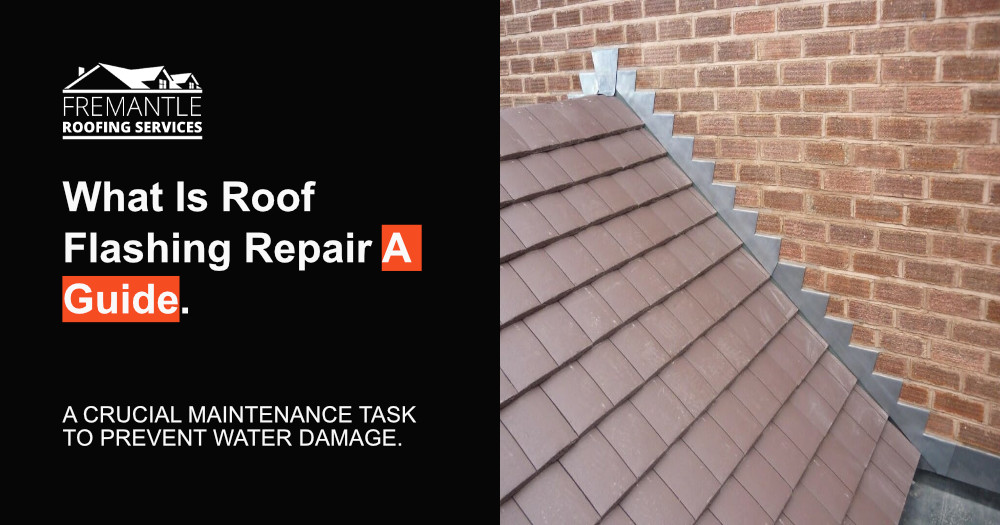
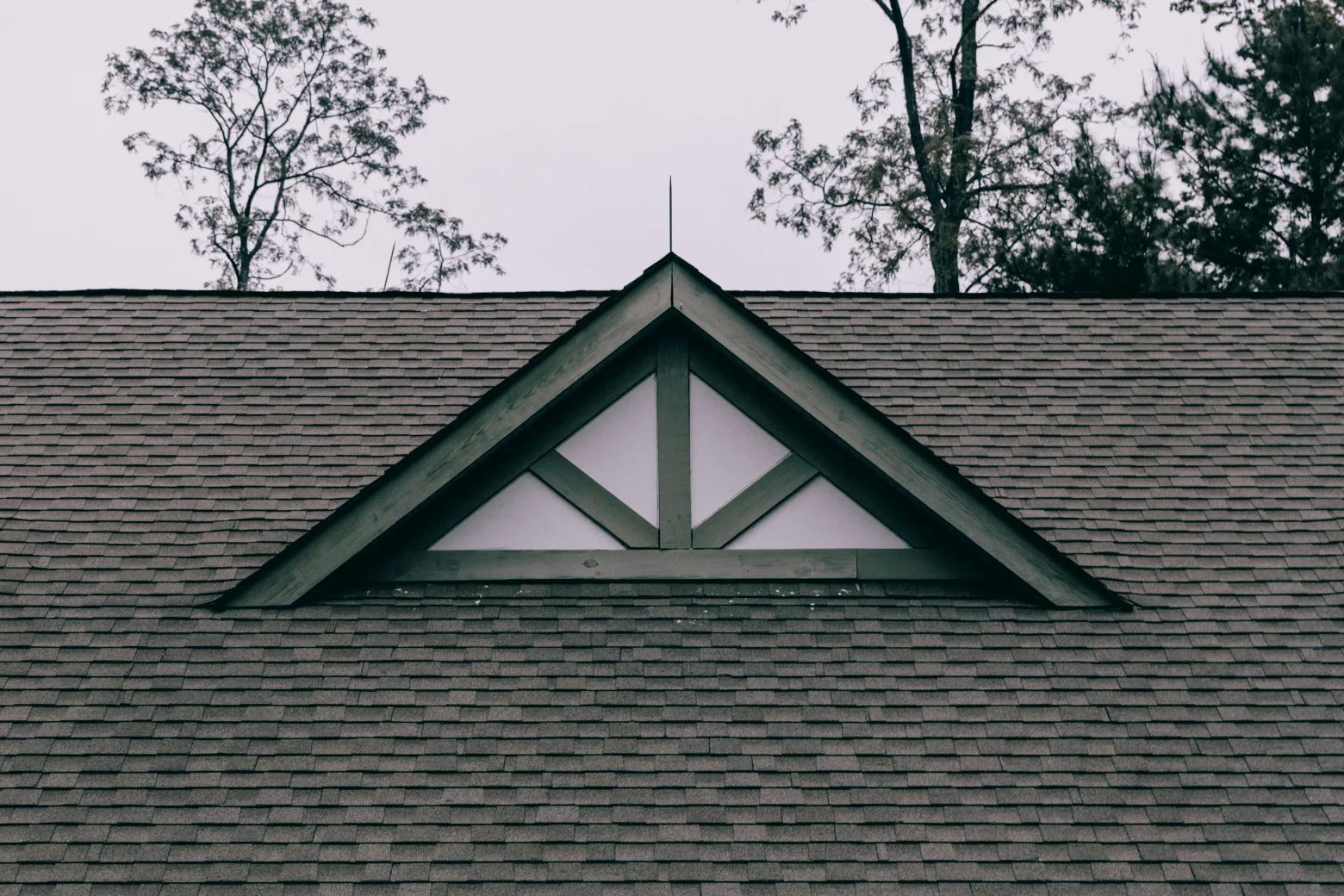

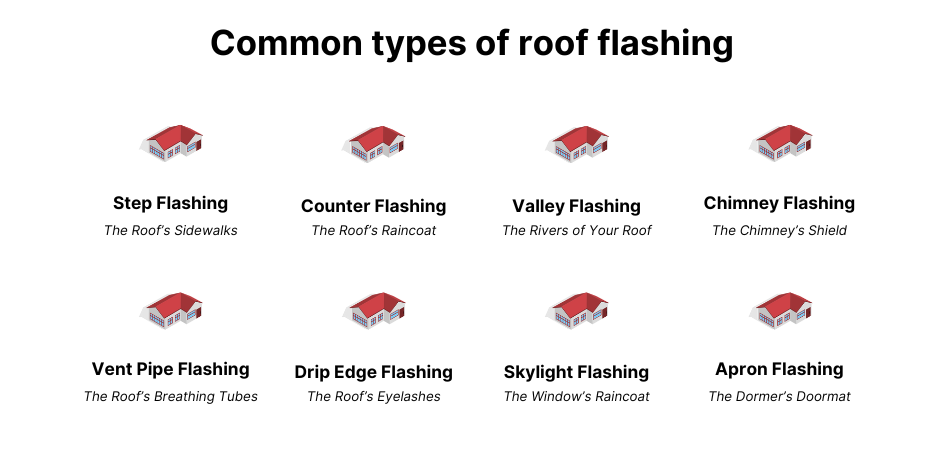


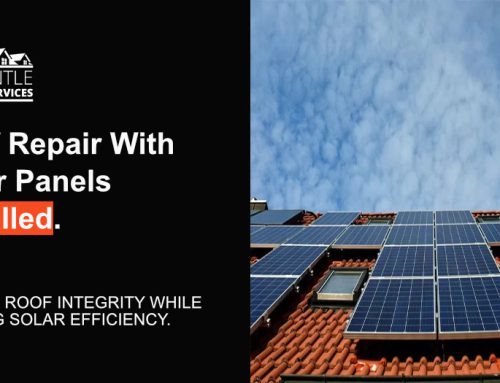
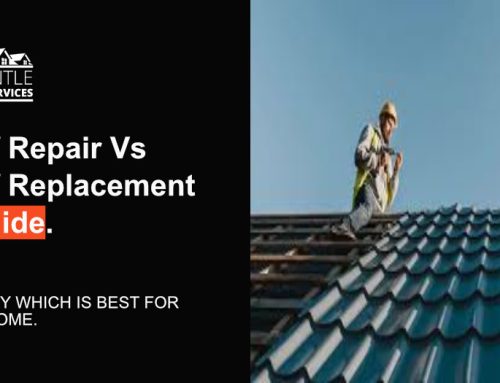

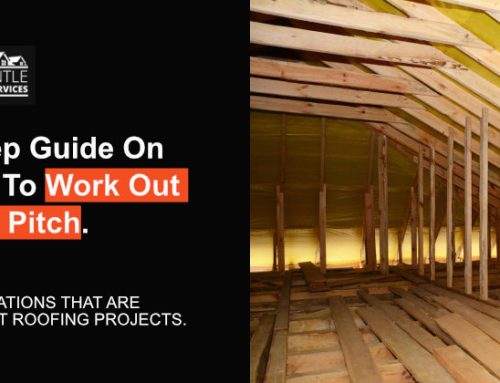
Leave A Comment